
Anthony Fauci, National Institute of Allergy and Infectious Diseases at the National Institute of Health, USA. Photo©IAS/Steve Forrest/Workers' Photos
Prevention has been a key focus of the Rome conference. ‘Treatment as prevention’ has received much of the attention, as the evidence for this concept – and a range of associated benefits – is now clear.
People concerned with HIV from every angle, whether personally affected or professionally involved, are starting to explore the full implications – practical, financial, social and legal – for developing a global prevention tool based on HIV treatment.
In two consecutive sessions the focus was on how the prevention potential of treatment could be put into practice.
Lack of resources and stigma were identified as major challenges.
Rolling out treatment as prevention will involve considerable expenditure on both drugs and human resources.
Another major barrier will be getting people to come forward for testing – particularly stigmatised or criminalised populations such as injecting drug users, sex workers and, in some countries, men who have sex with men.
Matching prevention methods to individual circumstances was also mentioned as a priority.




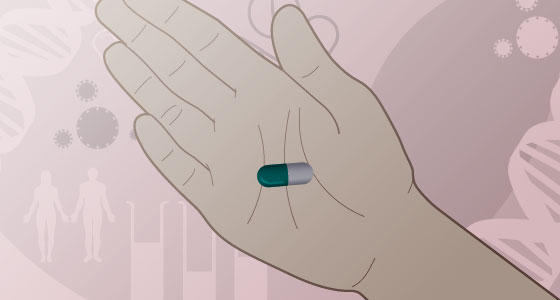


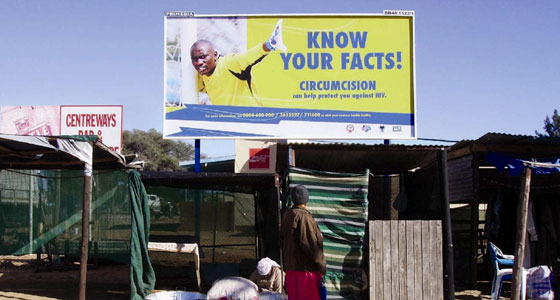

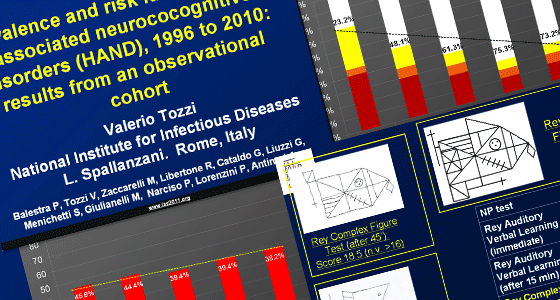
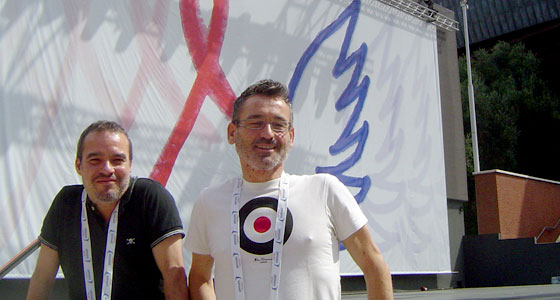
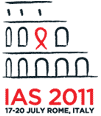

Connect with NAM on Facebook: Keep up to date with all the exciting projects, latest achievements and new developments that are going on in the world of NAM.
Follow NAM on Twitter for links to hot off the press news stories from our editors covering key developments and conferences as they happen. Our news feed is linked to www.twitter.com/aidsmap_news and we also tweet from www.twitter.com/aidsmap
Follow all the conference news by subscribing to our RSS feeds.